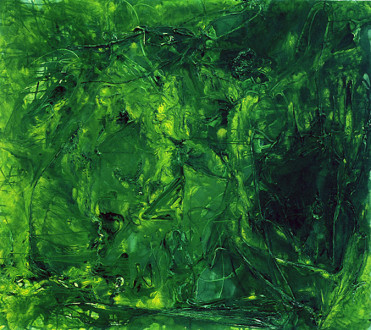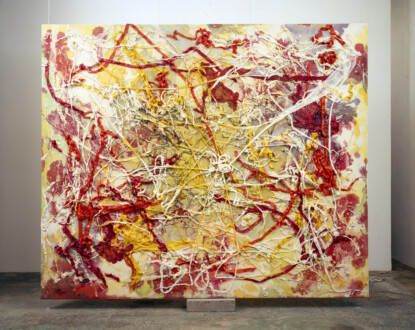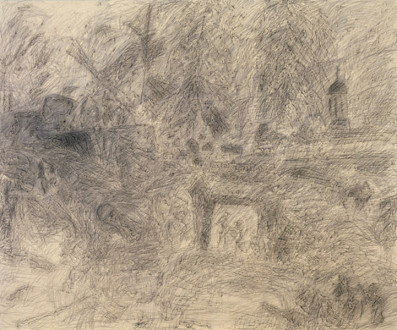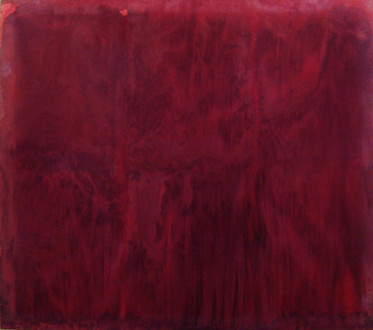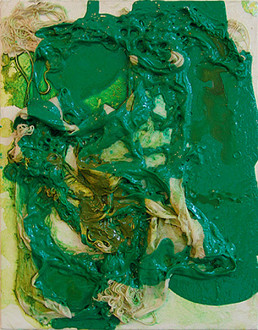Brain Stain (Works)
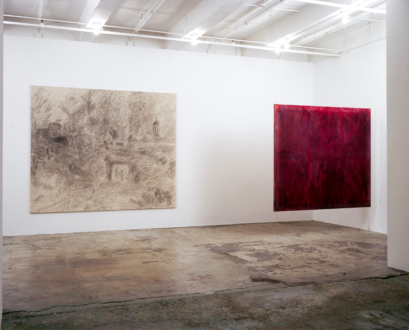
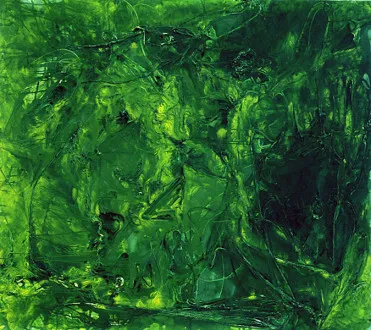 Mitchell Street, 2003. Acrylic on canvas, 70 x 78 in.">
Mitchell Street, 2003. Acrylic on canvas, 70 x 78 in.">
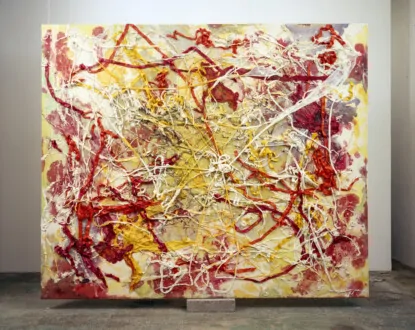 Gaucho Groucho, 2005. Acrylic and cheesecloth on canvas, 88 x 106 in.">
Gaucho Groucho, 2005. Acrylic and cheesecloth on canvas, 88 x 106 in.">
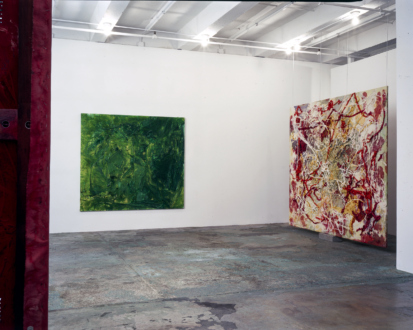
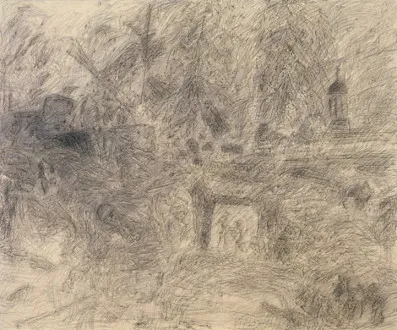 Walnut Way, 1999. Charcoal on canvas, 88 x 106 in.">
Walnut Way, 1999. Charcoal on canvas, 88 x 106 in.">
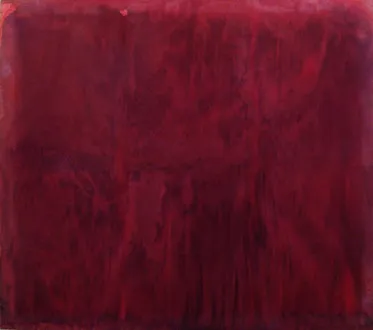 Untitled, 2004. Acrylic on canvas, 69 x 80 in.">
Untitled, 2004. Acrylic on canvas, 69 x 80 in.">

 Brain Stain - installation view toward west wall.">
Brain Stain - installation view toward west wall.">
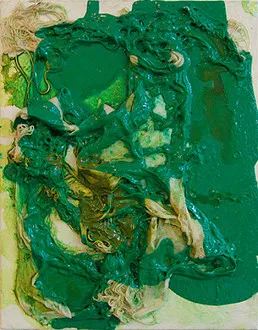 All American Girl, 2000. Acrylic and cheesecloth on canvas,
14 x 11 in.">
All American Girl, 2000. Acrylic and cheesecloth on canvas,
14 x 11 in.">
Selected Works
Dona Nelson
Thursday, September 7, 2006, 6 – 8:30pm
Brain Stain Press Release
Thomas Erben is pleased to present, “Brain Stain”, an exhibition of recent paintings by Dona Nelson. Widely regarded as one of the most relentlessly searching, rigorously idiosyncratic, and technically inventive American painters, Nelson presents to us some of her most viscerally/emotionally balanced and accomplished works to date.
The tightly selected four works comprising “Brain Stain” represent several of the artist’s areas of interest. Untitled, 2004, a richly monochromatic red work relates heavily to Nelson’s conceptual underpinnings. Executed through staining the canvas from the back, the result is a two sided painting; a metaphor for the nature of consciousness and the manner in which information is processed and finally received. Similarly, Walnut Way (a 1999 rubbing off a cheesecloth relief of a Nativity scene) is an image that arises symbiotically from another, completely different, surface.
In Gaucho Groucho, 2005, painting bleeds into sculpture and performance most fully. Begun by stacking large canvases upon one another and seeping tints into them, this work is finished on the front with the addition of strips of canvas, cheesecloth, copious amounts of gel medium and puddles of color. The result is both abstract and expressionistic while referencing the more unsettling side of bodily concerns.
An additional process Nelson employs is the treatment of the canvas with a high-pressure water hose. Obviously, stains do not come out completely and, when analyzed carefully, remain visible. These residues are most intelligible in Mitchell Street, a vividlygreen 2003 painting. Layer after layer of washed away paint combined with thickly applied swirls activate the two dimensional space while reconsidering the relationship between the physical and the mental.
As she always has, Nelson continues to work on a large scale, dealing with paint as an object rather than a medium. “Brain Stain” offers a complex set of relations between the canvas, the intentions of the artist and the consciousness of the viewer. It is for the inexhaustibility of these interrelations that Nelson’s work has been continuously evolving wherever that might lead her stylistically. “Brain Stain” ultimately disavows us of the classical distinction between the mind and the body by creating objects as mental metaphors.
